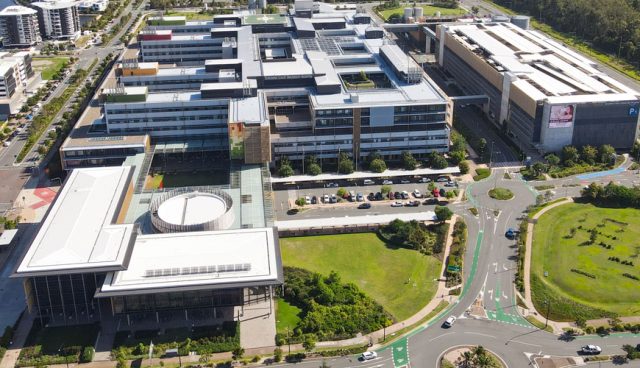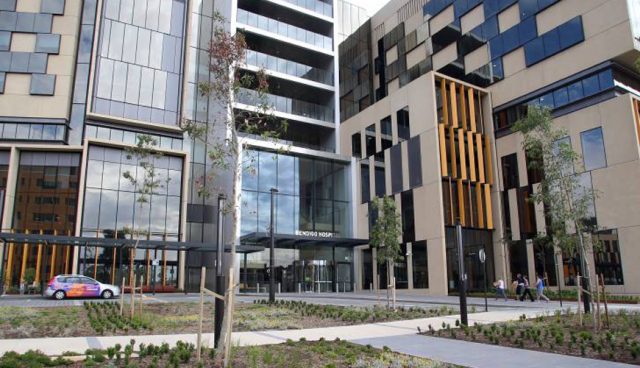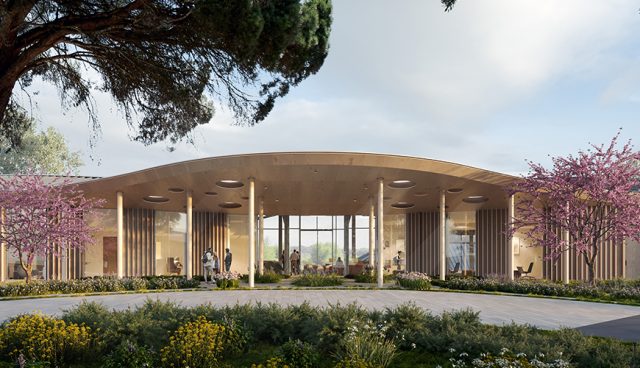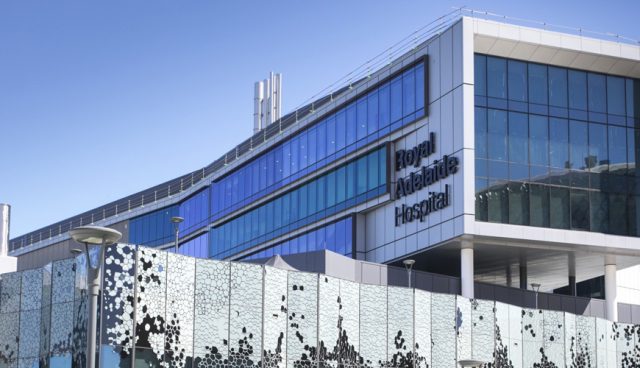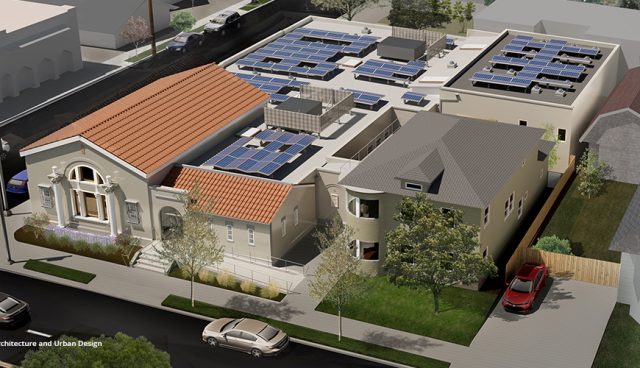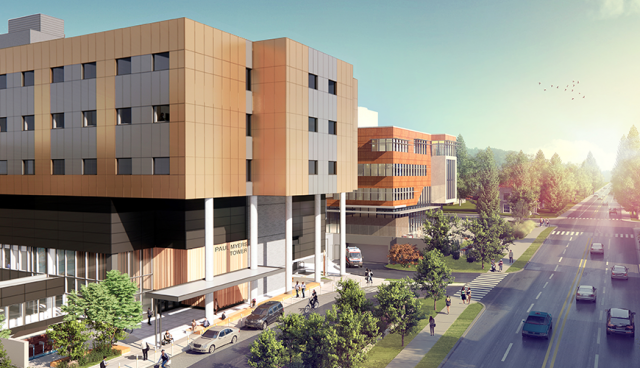Cheltenham General Hospital St. Luke’s Phase II
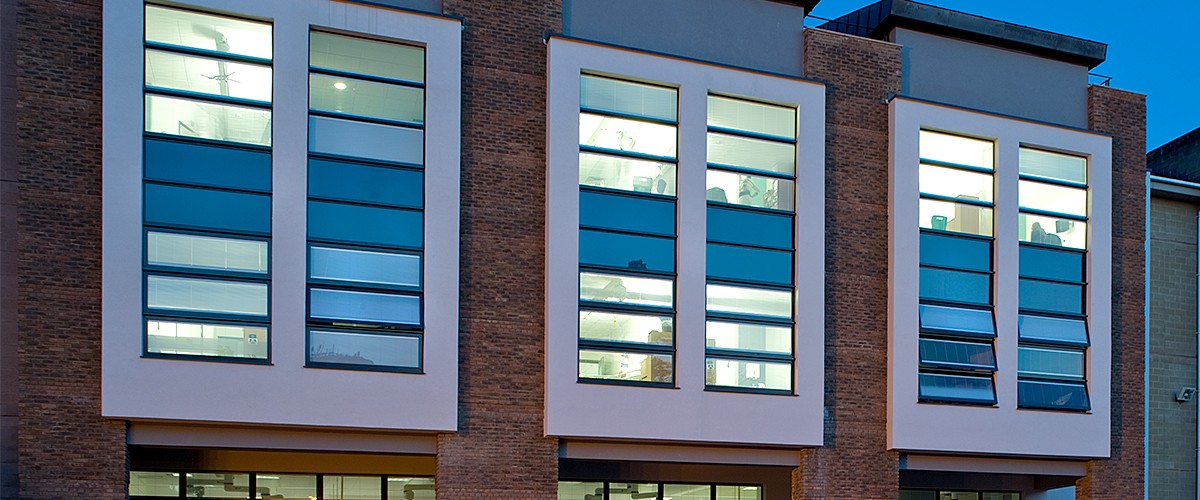
This project involved the creation of a new three-level facility dedicated to critical care and rehabilitation at Cheltenham General Hospital, incorporating isolation units connected to the existing live building. As an infill building, the project presented specific obstacles regarding maximizing light and ventilation. Our work on this project included the provision of all mechanical, electrical, public health, and energy engineering services ensuring that all HTMs and HBNs were adhered to, including a range of low energy strategies to ensure compliance with NHS carbon guidelines. To ensure high levels of cleanliness, we sort to ensure that the contractors were mindful of taking into account ceiling voids, sealing services in voids, and efficiently partitioning spaces. We fed into these processes proactively to obtain maximum benefits—delivery of CCU Level 1 and CCU Level 2.
Integral Group blinds were used in glass walls and windows to provide maximum infection control while maintaining a balance between patient privacy and effective clinical monitoring. Windows were designed to give natural ventilation to both the Rehabilitation and Stroke wards. Computer modeling to define maximum summer temperatures meant the Trust could stay within NHS energy targets. To maximize daylight, bedrooms were pushed outside the envelope with inboard en-suite bathrooms on single-bed wards. Incorporating a central courtyard within the upper wards created a light well for the CCU below. The establishment of clear sightlines to all CCU patient heads resulted in a centralized dual aspect nursing base with entire glass walls fronting isolation and single ward bays. Computer modeling was used to test visibility. No compromise to infection control. High-quality internal environment maximizing daylighting and natural ventilation. As an infill building between two existing and fully operational buildings, the project presented specific obstacles regarding maximizing light and ventilation. The correct floor level had to be established to minimize ramping between three adjoining buildings with differing floor heights.
The service ducts of these buildings meant some cantilevered construction was required. The key challenges also were establishing the site services that ran across the site that was previously a car park and then getting them re-routed, including a mains cable, gas supply to a boiler house, and steam pipes. We plotted them on survey plans and advised on alternative routes and solutions. Picking up existing services routes for medical gases from adjacent buildings and adapting them to suit the new scheme.
The lessons learned from this project were many, but the most important was how to utilize the NEC 3 contract to the benefit of all of the parties via early warning notices, manage site issues of discovered services, change control in due time and establish costed solutions. With the ethos of a collaborative working regimen, the project was delivered on time within the GMP price. And the close working relationship with the estates department.

